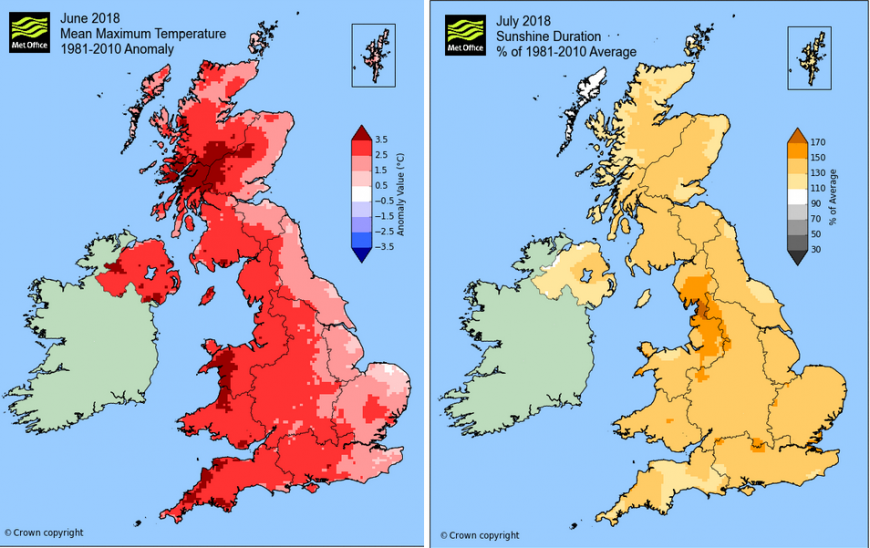
Blue-green algae appear in our summer months in lakes, lochs, reservoirs, rivers and ponds, and it has bloomed in the heat of summer 2018. It does like sunshine and warm waters, so the high temperatures of June and July and the long dry weeks have created quite a happy environment for cyanobacteria. If Harmful Algal Blooms are produced (HABs), then there are potential dangers to humans and animals. Water users will be well aware of this, but dog owners should take note too.

Each day it seems that a new warning appears for another body of water. The Lake District; Ullswater, Coniston and Killington lake also Epping Forest, Norfolk Broads, Cardiff's Roath Park and Shetland to name a few.
As a passerby, you may see the discolouration, green, blue-green even brownish but you will not be able to tell if the blooms are toxic. There can sometimes be a scum on the surface, often along the shore or at the water's edge. It can look bubbly like mousse or oily like paint. You should assume that the algae are toxic to be on the safe side. The Environment Agency asked that people report to their Incident Line on 0800 80 70 60 and they will then investigate and test the water.
If toxins are being produced, the Agency then inform the landowners, which might be farmers or a council and they then warm the public of the dangers with notices. Water users such as canoeists, windsurfers and swimmers will be used to the interruptions from Blue Green algae. The water can cause rashes after skin contact and illnesses if swallowed such as vomiting, diarrhoea, fever and muscle pain.
Anglers also need to be aware. The toxins are in the water but the actual algal blooms block the sunlight, use up oxygen and can suffocate fish. Florida has a big problem with fish and other creatures dying. Farmers need to keep their livestock away from affected waters, so if you do spot something, bother to call it in.
There have been a few reports of dogs falling ill after drinking or cooling down in affected water. It's worth keeping an eye out for the signs at this time of year. Keep your dog on a lead near water and if your dog has been swimming outside, wash it thoroughly with clean water afterwards.
If a pet does become ill, prompt treatment is essential. Even in small quantities, the toxins can be harmful. Symptoms include vomiting, diarrhoea, disorientation and seizures. Left untreated liver damage or damage to the nervous system can result in animals and can be fatal.
Even though this is an annual occurrence the hot, dry spell has exacerbated the problem this year. The blooms do recede as the weather cools and dilution from heavy and persistent rain can reduce the toxicity levels. If you are phoning the Incident Number it knows where in the UK you are calling from.
Loading recent activity...